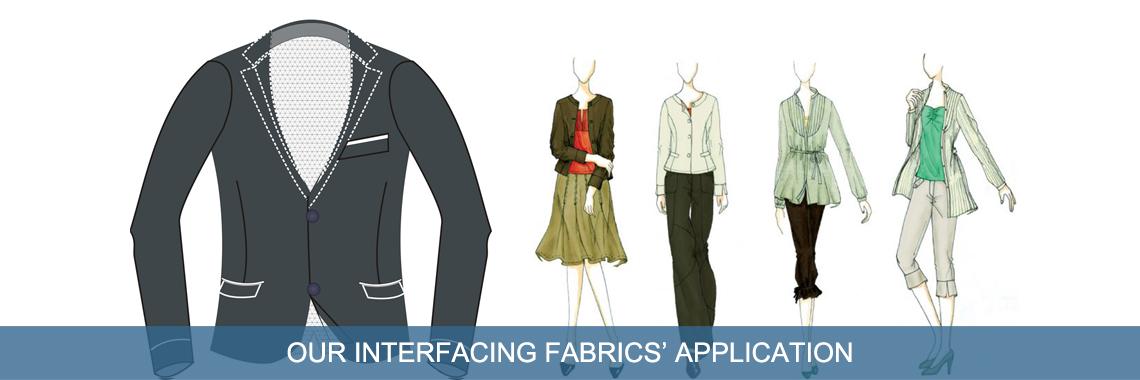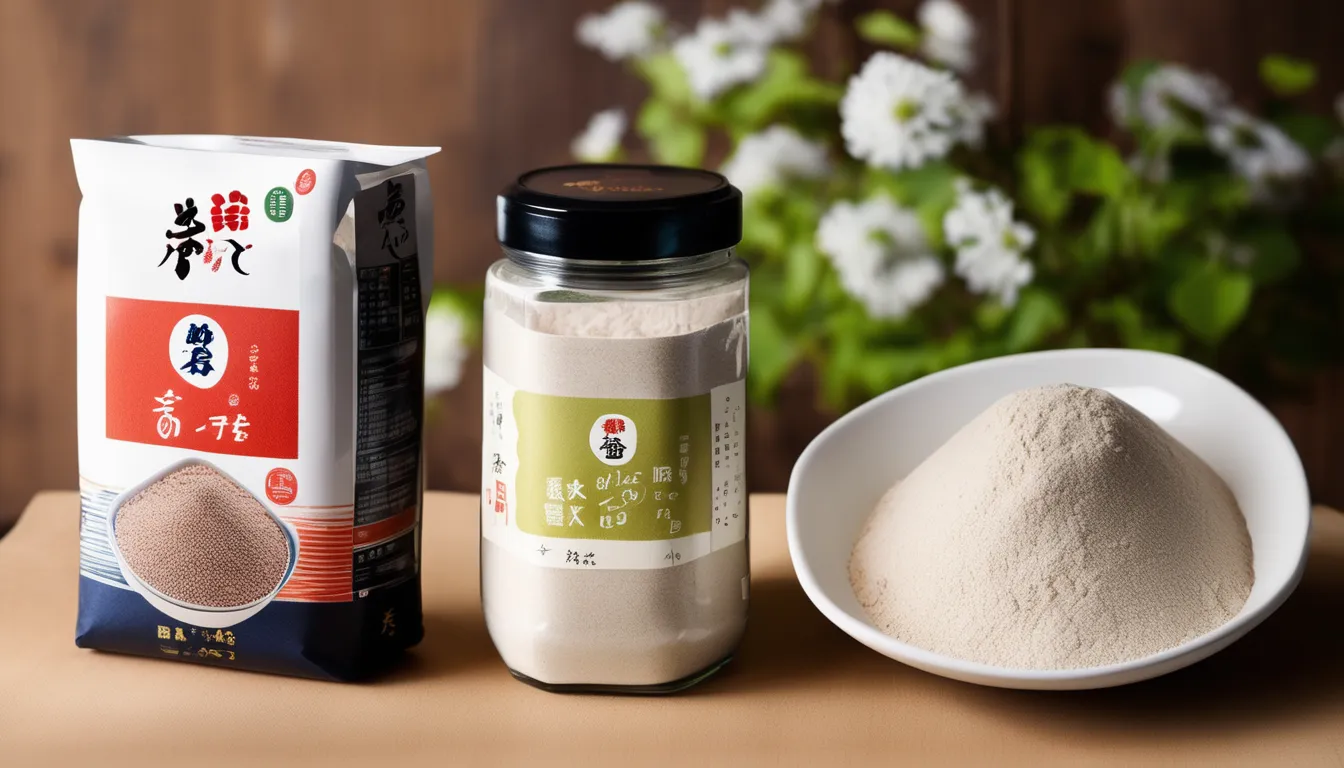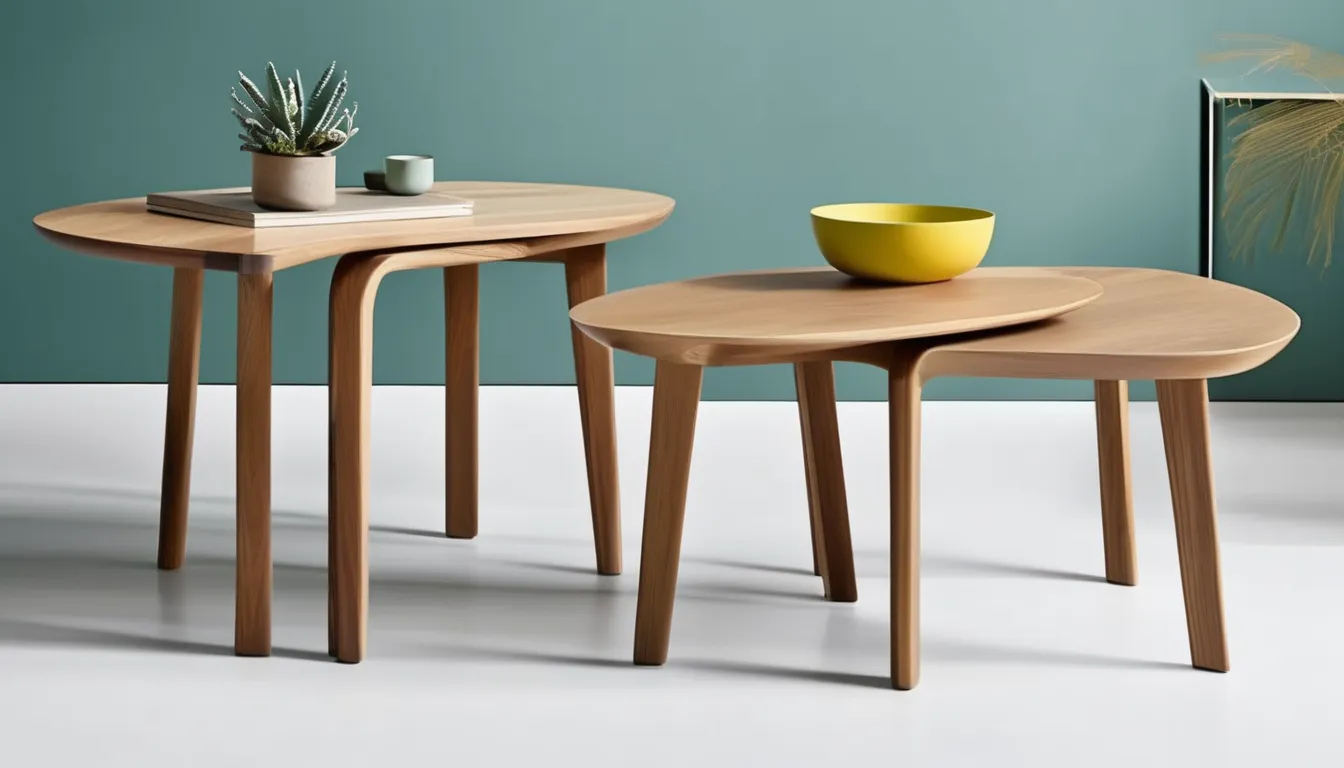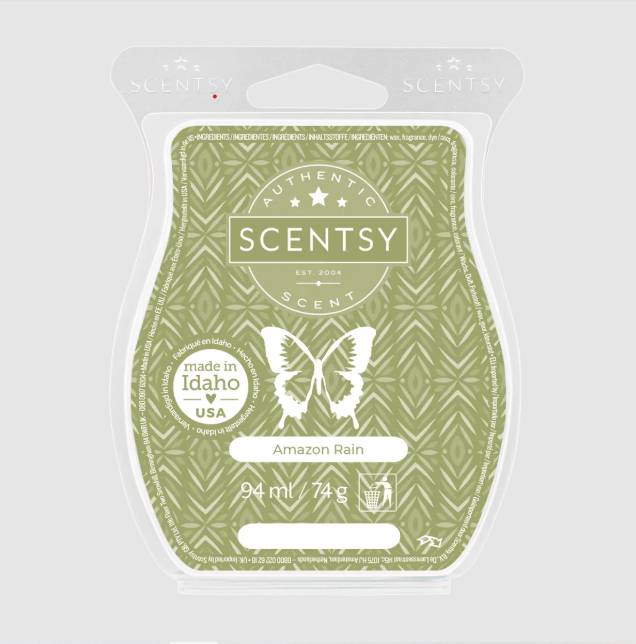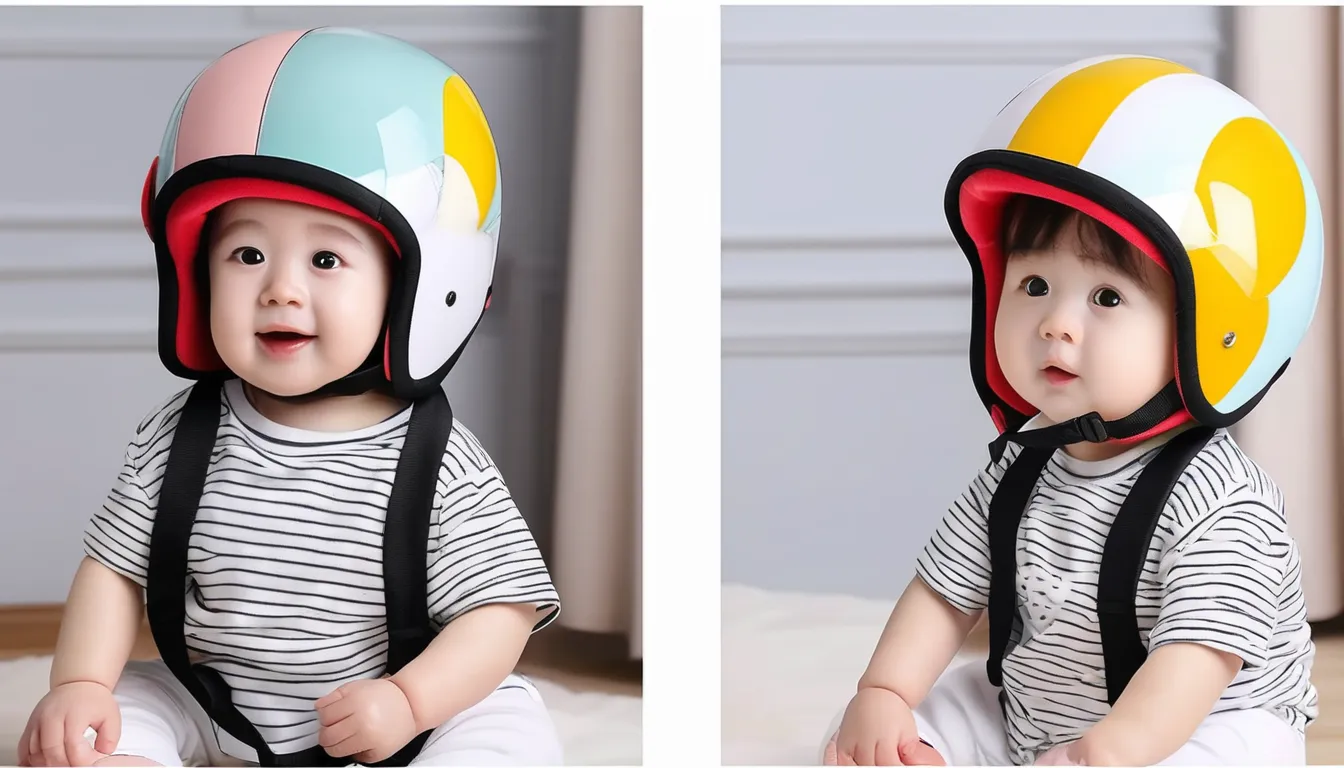When embarking on a new sewing project, choosing the right materials can make all the difference in the final result. One such crucial material is fusible interfacing, a versatile fabric that adds structure, strength, and support to your sewing creations. Whether you're crafting a delicate blouse, a sturdy bag, or a tailored jacket, fusible interfacing is an essential component to consider. Here's a look at some of the top fusible fusible fabric interfacing s that can elevate your sewing projects:
1. Pellon SF101 Shape-Flex
Pellon SF101 is one of the most popular and trusted names in interfacing. Known for its lightweight feel and excellent adhesion, Shape-Flex is ideal for adding structure to fabrics like cotton, linen, and even wool. It offers a soft yet stable finish, making it perfect for shirts, dresses, and bags. Its fusible side is easy to apply with an iron, and it doesn't add bulk to your projects.
Best For: Shirts, blouses, dresses, bags, quilting projects.
2. Vlieseline H180
Vlieseline H180 is a medium-weight fusible interfacing that works wonderfully for heavier fabrics, such as denim, canvas, or tweed. It's perfect for projects that require a more substantial structure, like jackets, coats, and structured bags. This interfacing has a gentle drape, making it ideal for projects that need more stability but still require flexibility.
Best For: Jackets, coats, heavy bags, upholstery.
3. Heat n' Bond Feather Lite
For those looking for a lightweight fusible option that doesn’t change the texture of fabric, Heat n' Bond Feather Lite is a fantastic choice. This product is a bit more delicate than other fusible interfacings, which makes it an excellent option for t-shirts, lightweight tops, and other garments that need a little extra structure without added weight.
Best For: Lightweight garments, t-shirts, appliqué work, quilting.
4. Fashion Fuse by Pellon
Pellon’s Fashion Fuse is a fusible interfacing made specifically for fashion fabrics. It provides a bit more rigidity and structure than a traditional fusible, but still maintains a soft finish. Fashion Fuse is perfect for stabilizing delicate fabrics without sacrificing flexibility, which is important for garments like skirts, blouses, or dresses with draping elements.
Best For: Skirts, blouses, dresses, fashion-forward projects.
5. Vilene G700
Vilene G700 is a strong fusible interfacing option that provides excellent structure and support. It's thicker than the average interfacing but still maintains a balance between stiffness and flexibility. It's an excellent choice for handbags, home décor items, and tailored garments. The G700 also has an ultra-durable bonding quality, which makes it suitable for high-wear items.
Best For: Tailored garments, handbags, upholstery, home décor.
6. Timeless Treasures Fusible Fleece
If you're looking for a fusible fleece with a bit more loft for padded or quilted projects, the Timeless Treasures Fusible Fleece could be exactly what you need. This interfacing is perfect for projects that require a soft, cushioned finish, like quilted bags, tablet cases, and other accessories. It adds softness while still providing a solid structure, making it a versatile option for various projects.
Best For: Quilted bags, cases, and other soft accessories.
7. Shapewell Fusible Interfacing
Shapewell’s Fusible Interfacing is a budget-friendly option that works well for lightweight fabrics and garments. It has a soft, flexible feel and a smooth finish, making it ideal for sewing projects that need just a little extra stability. This is a great all-around interfacing for beginners and experienced sewists alike.
Best For: General garment sewing, lightweight fabrics.
Tips for Using Fusible Interfacing:
- Choose the right weight: Match the weight of the interfacing to the fabric you’re using. Lighter fabrics generally work best with lightweight interfacing, while heavier fabrics may require medium to heavy-weight options.
- Test your fabric first: Always test the fusible interfacing on a small piece of your fabric to ensure it bonds properly without causing any damage or stiffness.
- Apply with care: Press the interfacing with a hot iron and avoid moving the iron around too much, as this can shift the fabric and cause uneven bonding.
- Use proper technique: Use a pressing cloth between the iron and fabric to avoid direct heat contact, which can damage the fabric or the adhesive.
Conclusion
The right fusible interfacing fabric can take your sewing projects to the next level by providing additional structure, support, and durability. From lightweight options for delicate fabrics to heavier choices for tailored garments, there's an interfacing for every project. When selecting the best fusible interfacing for your project, consider the weight of your fabric, the desired finish, and the application technique to ensure a smooth and successful sewing experience.

